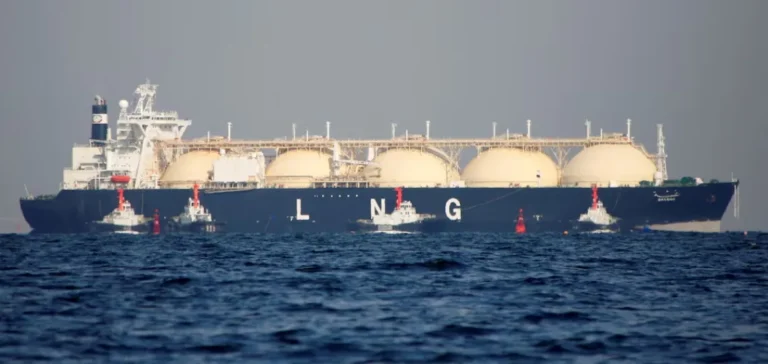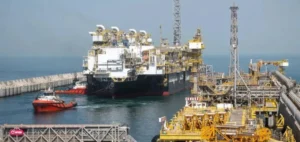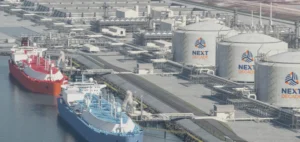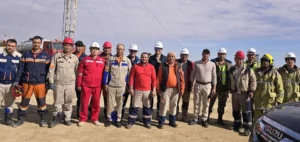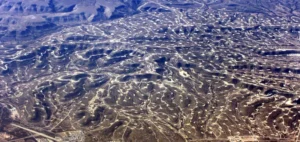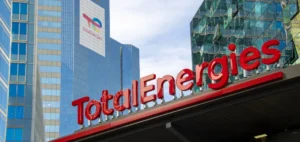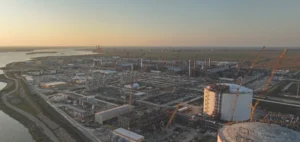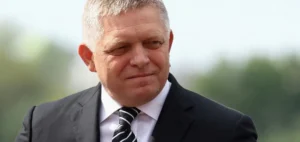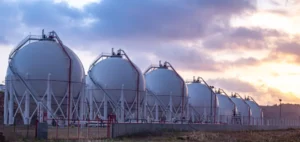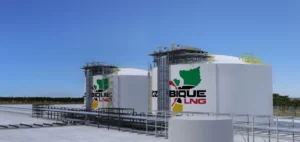The small-scale liquefied natural gas (LNG) sector is experiencing steady growth, supported by rising demand driven by its economic and environmental advantages compared to large-scale LNG infrastructure. According to a report by consulting firm MarketsandMarkets published on June 26, this market, valued at $22.14bn in 2025, is projected to reach $31.78bn by 2030, representing an average annual growth rate of 7.5%.
Strong demand in transshipment and bunkering
The transshipment and bunkering segments are currently experiencing the fastest growth within the small-scale LNG market. Transshipment allows LNG to be transferred from large LNG carriers to smaller vessels, facilitating delivery to hard-to-access areas. This method is particularly beneficial for regions with limited port infrastructure, including islands and remote locations. LNG bunkering, which involves supplying fuel to ships, is also expanding due to new regulations, such as FuelEU Maritime, encouraging cleaner fuels in European ports.
Road transport sector, main consumer of LNG
The heavy-duty vehicle sector positions itself as the largest consumer of small-scale LNG. The increasing adoption of LNG by trucks and buses is primarily driven by economic advantages over diesel, alongside governmental goals to reduce pollutant emissions in transport. Smaller refuelling stations strategically located along key roads facilitate easy access to this fuel, thereby encouraging its widespread adoption.
Sustained growth in Asia-Pacific
The Asia-Pacific region currently shows the highest growth rate in this sector. Countries like China, Indonesia, the Philippines, and Thailand are investing in solutions adapted to their specific geographic and logistic characteristics. In island regions such as Indonesia and the Philippines, smaller vessels transport LNG to isolated communities. These small-scale units facilitate electricity supply and serve industries in areas lacking direct connections to large natural gas networks.


